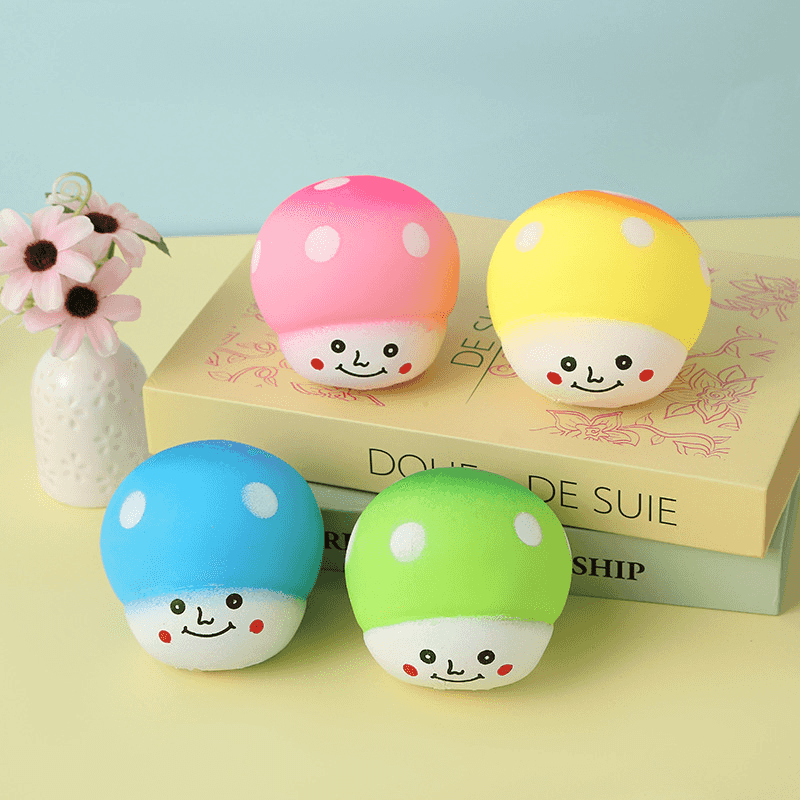Sand filled squishy toys have gained popularity as simple yet effective tools for promoting emotional wellbeing. These toys, filled with fine sand, offer a unique sensory experience that differs from traditional foam or gel-filled stress balls. Their texture and malleability can provide comfort and support for individuals dealing with stress, anxiety, or restlessness. Understanding how sand filled squishy toys contribute to emotional health involves exploring their sensory properties, physical engagement, and calming effects.
One of the main ways sand filled squishy toys support emotional wellbeing is through tactile stimulation. The sand inside the toy provides a distinct texture that changes as the toy is squeezed or manipulated. This shifting sensation offers a form of sensory input that can help individuals focus their attention on the present moment, which is a useful technique in managing anxiety. The irregular and grainy feel of the sand encourages mindfulness by drawing awareness to touch and pressure, creating a soothing distraction from stressful thoughts.
The act of squeezing and releasing a sand filled squishy toy also serves as a healthy physical outlet for nervous energy. Repetitive motions like these can calm the nervous system by promoting rhythmic, controlled movement. This physical engagement helps reduce tension and can create a sense of release, which benefits people who experience restlessness or fidgetiness. Unlike harder or firmer toys, the soft and pliable nature of sand filled squishy toys offers a comforting resistance that can be satisfying without causing strain.

Another important aspect is the portability and ease of use of sand filled squishy toys. Because they are small and lightweight, users can carry them throughout the day and use them whenever needed. This accessibility means the toys can provide quick emotional relief in a variety of settings, such as the workplace, school, or while commuting. The ability to discreetly engage with a sensory tool can empower individuals to manage stress proactively and independently.
Visual appeal is also part of what makes sand filled squishy toys helpful for emotional wellbeing. Many designs feature clear or semi-transparent outer layers, allowing the shifting sand inside to be seen. Watching the sand move slowly as the toy is handled can have a calming effect similar to that of watching a lava lamp or flowing water. This visual component complements the tactile experience and helps reinforce a relaxed state of mind.
For children, sand filled squishy toys can support emotional regulation by providing a safe way to express and process feelings. These toys offer a non-verbal outlet for emotions like frustration or anxiety, which can sometimes be difficult for young individuals to communicate. Adults may also find these toys helpful for managing daily stress or focusing during moments of overwhelm.
Customization options available in sand filled squishy toys further contribute to their effectiveness. Different shapes, sizes, and colors can cater to personal preferences and sensory needs. Choosing a toy that resonates visually or texturally can make the calming experience more engaging and enjoyable.
In addition, regular use of sand filled squishy toys can promote better hand strength and dexterity. The gentle resistance created by the sand encourages muscle movement and coordination, which may also help reduce physical tension associated with stress.
Sand filled squishy toys support emotional wellbeing by combining tactile stimulation, physical activity, and visual engagement. Their unique texture offers a sensory experience that encourages mindfulness and relaxation. Easy to carry and use, these toys provide accessible support for managing stress and anxiety in daily life. Whether for children or adults, sand filled squishy toys can be valuable tools for enhancing emotional health through simple, repetitive interactions.

